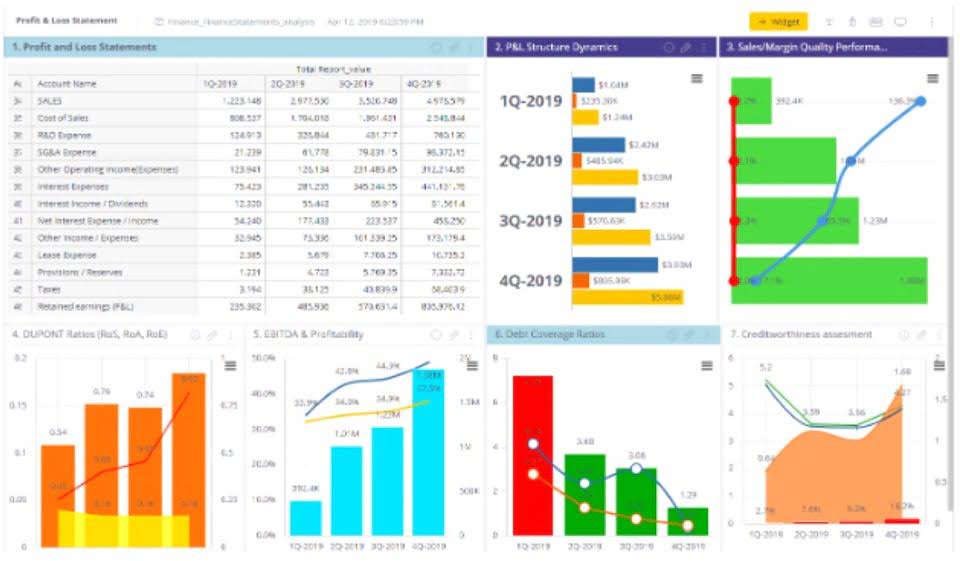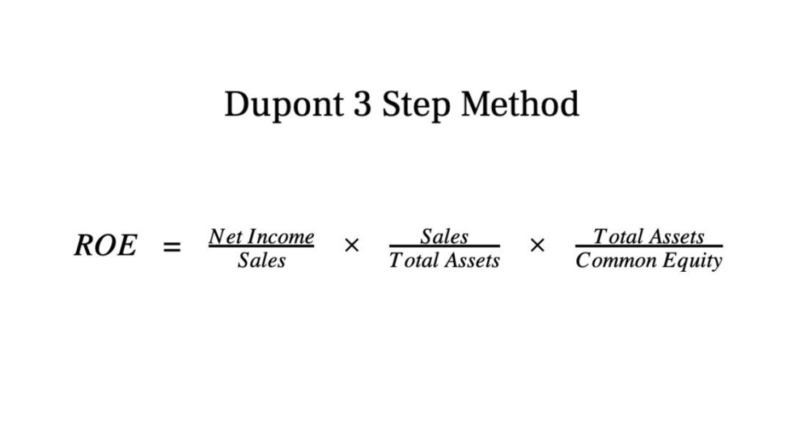
At Perkins, we understand these unique challenges and offer specialized accounting and tax services tailored to the wine industry. It’s important to note that the requirement to use ADS will apply to all vineyard or farming assets for a specific taxpayer who’s elected to expense their pre-productive farming costs. However, the taxpayer will need to consider whether any of the bonus depreciation expense would need to be capitalized under another section of the Internal Revenue Code, such as production costs or UNICAP. Wineries typically have multiple vintages of inventory on hand, so multiple years of production costs are trapped in inventory. For eligible taxpayers, this new method could generate significant deductions in the year of change because they’ll be able to deduct those prior year production costs that remain in inventory.
Pre-productive Costs

Knowing which category or categories you fall https://x.com/bookstimeinc into will help ensure that you track the correct numbers. That way, you can price your products correctly and avoid having a loss for your business. These library releases can be particularly effective when done off-cycle from your regular wine club shipments. It keeps members engaged throughout the year and can provide a welcome cash flow boost during typically slower periods. Instead, consider strategically releasing library vintages to your wine club members. This not only generates immediate revenue but also enhances the perceived value of your wine club membership.
Common Accruals for Wineries

If you’re not considering all the costs of your wine production in the valuation of your inventory, there is no way to determine with certainty how much you need to sell your finished product for. It is essential to account for all the costs of production, from grape growing, to harvest, to wine production, to finishing, in the proper costing of that bottle of wine. There’s the growing or sourcing of grapes and products to resale, the staffing, the branding and marketing, the customer service and more. If you’re managing all that, the last thing you want to think about is accounting. However, as with any industry, proper accounting is an essential part of ensuring you can continue to focus on the parts of the wine business you love. Production costs should be allocated to the various bulk wine in the cellar based on the type of processing activity and the stage of the wine in the process.

clients in the wine industry

Here are some examples of common bookkeeping overhead expenses of this kind and how they’re typically broken down. This method assumes the most recently purchased or produced inventory items are the first items to be sold. This is unrealistic for most wineries because wine is typically vintage-dated, with older vintages sold before newer ones. This method assumes that items flow through inventory in the order they were purchased or produced.

Accounting for the Cost of Making and Selling Wine
Partnering with a specialized accounting service like Protea Financial can help mitigate these risks. In an industry as challenging and competitive as wine, every dollar saved on expenses or gained through smart revenue strategies counts. Our Client Accounting Services team specializes in winery and vineyard accounting; it’s just one of the many perks that set Perkins apart. We understand the unique challenges of managing daily operations at a winery, including the complexities of the software available in the wine industry. Whether you’re seeking full-service bookkeeping support or additional expertise to supplement your in-house team, our specialists seamlessly integrate into your operations—because they’ve been there themselves.
Protea gives me the luxury of not having to think about my books.
- The costs of grapes, bulk wine, glass, and other dry goods must be assigned to separate wines and tracked by SKU.
- For example, a taxpayer who capitalizes pre-productive costs would depreciate vines over a 10-year life.
- Another costing challenge with overhead is categorizing expenses that are commonly shared between departments.
- Knowing about strategies such as accrual accounting and smart production account management helps you make confident financial decisions, fueling your winery’s success.
- Please seek guidance specific to your organization from qualified advisers in your jurisdiction.
- Consider factors such as the size of your vineyard, the complexity of your operations, the cost of farming vehicles and equipment and your long-term business strategy.
In contrast, management reporting analyzes department performance as well as its relationship to expenditures and returns on investment (ROI). In other words, management reports are the diagnostics winery accounting on your winery’s financial health. For vineyard businesses that capitalize their pre-productive farming costs, bonus depreciation is allowed on eligible farming assets. For example, a taxpayer who capitalizes pre-productive costs would depreciate vines over a 10-year life.
